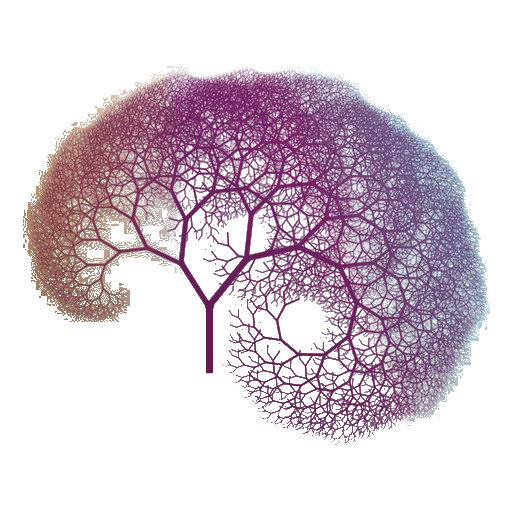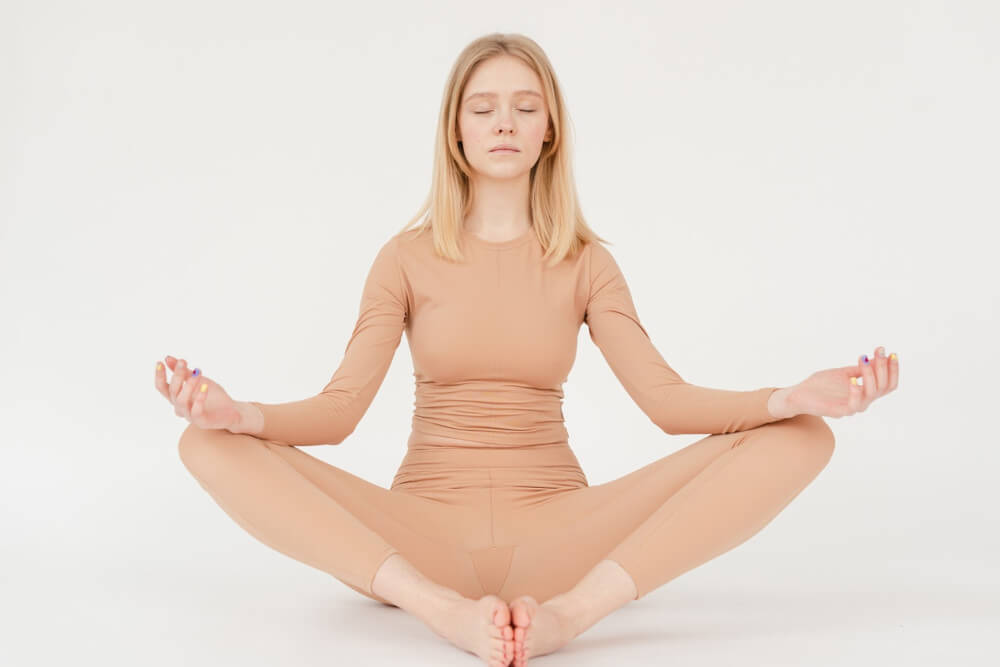Meditation, like fitness, is a way of training the mind. But there are many meditation techniques, so how do you learn?
“In Buddhism, ‘meditation’ is akin to ‘sports’ in the West. A family of activities, not a single thing,” said Richard J. Davidson, Ph.D., of the University of Wisconsin neuroscience lab. Meditation requires a variety of mental skills.
It’s difficult for a beginner to sit for hours and “empty mind.” We have tools like a beginner meditation DVD or a brain-sensing headband to help you learn how to meditate properly. It’s easiest to start by focusing on the breath. Concentration is one of the most common meditation techniques. According to Workaholic, meditation can be particularly useful during a mid-life crisis. You should meditate more frequently; you should relax for a while. When you’ve calmed down, it will be helpful to see things more objectively.
MEDITATION
It involves focusing on one thing. It can be as simple as counting beads on a mala or as complex as counting the breath. Initially, a beginner may only meditate for a few minutes, gradually increasing the time.
When your mind wanders, simply refocus your awareness on the chosen object of attention. Pluralistic ideas are simply let go. This improves your concentration.
MEDITATION MIND
Mindfulness meditation encourages the practitioner to notice wandering thoughts. The goal is to simply be aware of each mental note as it arises, without getting involved or judging them.
When you meditate with mindfulness, you can see patterns in your thoughts and feelings. Your ability to quickly judge an experience as good or bad, pleasant or unpleasant, can improve with practice. Inner balance emerges with practice.
Some meditation schools combine concentration and mindfulness. Many disciplines require some level of stillness, depending on the teacher.
MOTIVATING TECHNIQUES
Other meditation methods exist. For example, Buddhist monks’ daily meditation practices directly cultivate compassion. This involves imagining negative events and transforming them through compassion. Moving meditations include tai chi, qigong, and walking meditation.
MEDITATION BENEFITS
Relaxation is often a side effect of meditation. In the 1970s, Herbert Benson, MD, of Harvard Medical School, coined the term “relaxation response” after studying people who meditated. According to Benson, the relaxation response is “an opposite, involuntary response that reduces sympathetic nervous system activity.”
Following are some of the short-term benefits of relaxation research:
- Lower BP
- Enhanced blood flow
- Heart rate drop
- Less sweating
- slowed respiration
- Less worry
- Reduced cortisol levels
- More happiness
- Soothing
- Enhanced rest
Researchers are now investigating whether regular meditation has long-term benefits, including improvements in brain and immune function. But, again, the goal of meditation isn’t to gain benefits. Meditation has no goal, to use an Eastern philosopher’s term. It’s just being.
In Buddhist philosophy, meditation frees the mind from attachment to things it cannot control, like external events or strong internal emotions. Enlightened practitioners maintain a calm mind and a sense of inner harmony rather than following desires or clinging to past experiences.
SIMPLE MEDITATION FOR BEGINNERS
This meditation exercise is a great place to start.
Relax and lie down. Invest in a meditation cushion or chair.
Eyes closed Lie down with one of our Cooling Eye Masks or Restorative Eye Pillows.
Don’t try to control your breathing; just do it.
Consider the breath and how your body moves with each inhale and exhale. Observe your body’s movement as you inhale Keep an eye out for a sore throat or chest. Concentrate on your breath without regulating its pace or intensity. If your mind wanders, focus on your breath.
Start with two to three minutes and work your way up to longer periods here is a fantastic guide for stress relief meditation for people that don’t have time to meditate.

